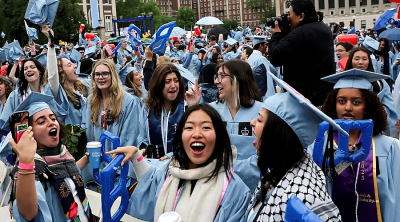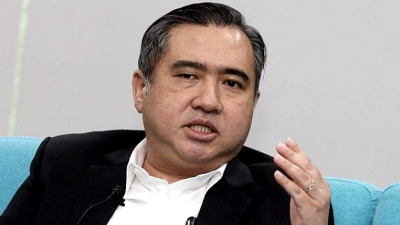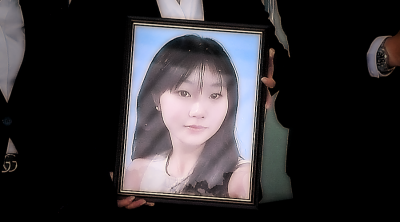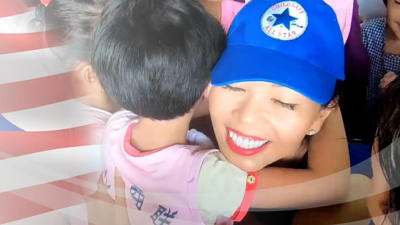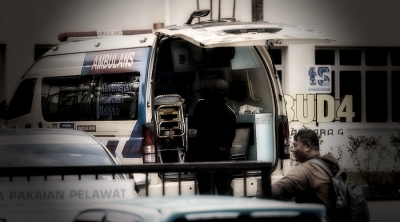TAEZ, Yemen (AFP) — Dozens of children kneel in an outdoor, makeshift classroom at the start of the school year in Yemen, where coronavirus and a brutal war have left them facing a bleak future.
The youngsters in the impoverished Arab country’s third city of Taez make do and learn as best they can, seven years into a conflict that has killed tens of thousands and forced millions to flee their homes.
“We study one day on the bare floor, another day on the rooftop and some days in the street,” seventh-grader Laith Kamel told AFP.
“For four years, we have been wanting to go to a real school.”
Across the country children either have no classes at all or lack basics such as desks, chairs or bathrooms.
Many schools have been destroyed in the conflict between the government and the Huthi rebels, while others have been turned into refugee camps or military facilities.
About two million children were without school even before Covid-19 hit, according to the United Nations, which has warned the number will likely rise.
Dropouts
For those enrolled in the Al-Thulaya school in Taez, where annual tuition is approximately $1 per pupil, classes are held in an unfinished building.
School officials say the beleaguered government, locked in conflict with the rebels, cannot provide proper facilities. So the meagre tuition fees go almost entirely on rent for the bare, grey building, which has no glass in its windows or functioning sewage system.
Teachers at the school know conditions are completely unfit for children, noting also that there are many dropouts and runaways.
“There are dropouts because there are no basic services like chairs and bathrooms,” says Abdulghani Mahyoub, the principal of Al-Thulaya, which has about 900 students.
“We live in the open. Most students are studying outside in the yard.”
What’s more, “children get sick all the time” in the overcrowded classrooms, teacher Asia Ahmed says.
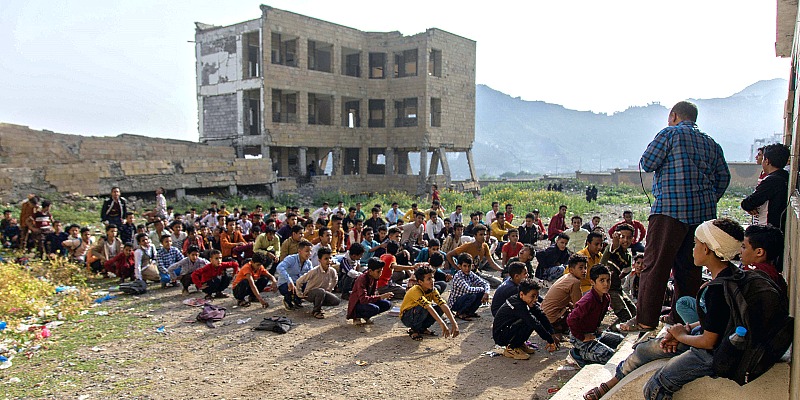
A city of 600,000 people under government control but besieged by the Huthi rebels since 2015, Taez is one of Yemen’s most troubled cities, and has been repeatedly bombed by the insurgents.
The coronavirus pandemic has only made life harder for children and teachers alike.
A third wave of infections has struck Yemen’s 30 million people just as the school year begins, government officials said in August.
Masks and social distancing to curb the spread of Covid-19 are luxuries most cannot afford in Yemen, where the war has driven millions of displaced to the brink of famine.
Yemen has so far reported nearly 8,000 coronavirus cases, including more than 1,470 deaths, but the UN says testing is scant and real numbers are likely much higher.
Teachers go unpaid
The UN children’s agency said the Covid outbreak had forced an early end to both the 2019/20 and 2020/21 academic years.
It disrupted the “education of nearly 5.8 million primary and secondary school children, including 2.5 million girls,” UNICEF has estimated.
The overall total could rise as high as six million, the agency warned in a July report.
Yemen is enduring what the UN says is the world’s worst humanitarian crisis.
The conflict has killed tens of thousands of people, mostly civilians, according to aid groups.
About 3.3 million people have been displaced and more than 80 percent of the population needs assistance, the UN has said.
“To make matters worse, two-thirds of teachers in Yemen — over 170,000 teachers in total — have not received a regular salary for more than four years,” according to UNICEF.
“This puts around four million additional children at risk of disrupted education or dropping out as unpaid teachers quit teaching to find other ways of providing for their families.”
ADVERTISEMENT
ADVERTISEMENT






